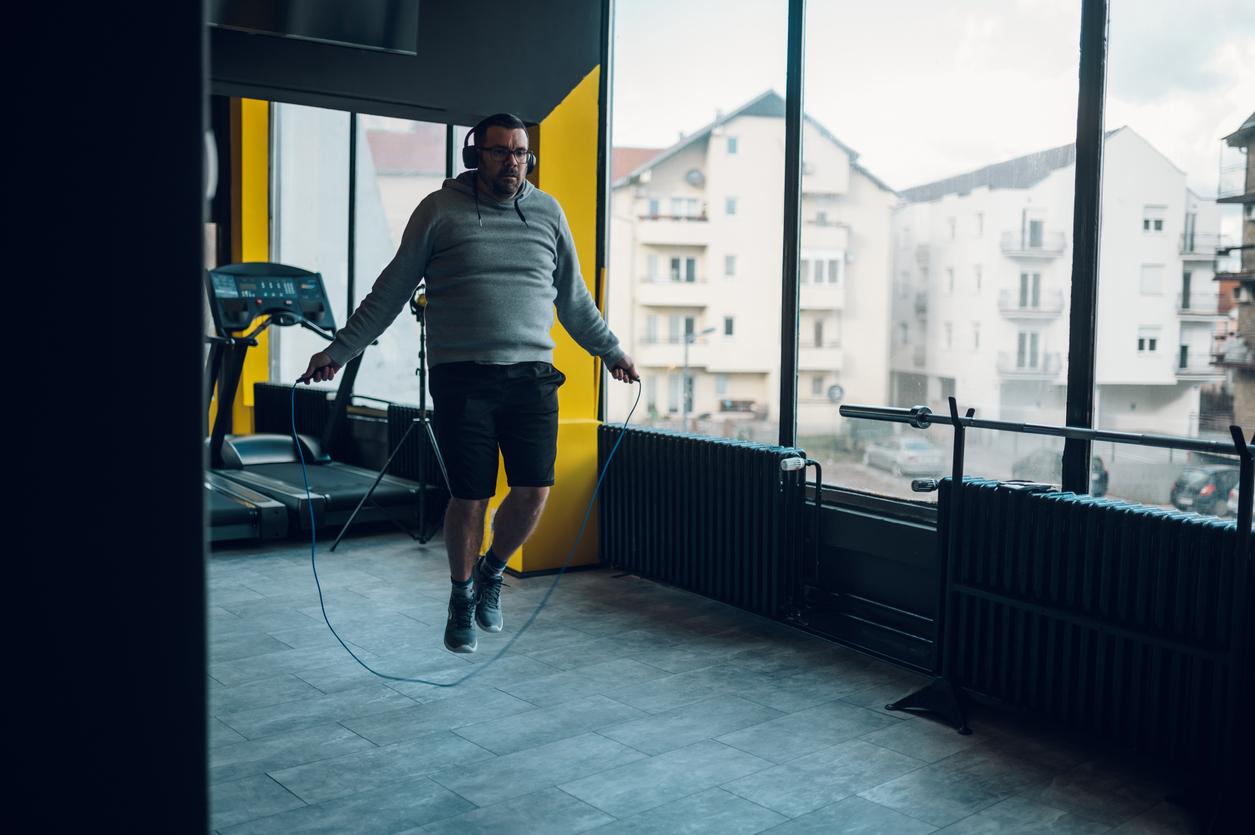Even the rare times in our life when we are sedentary have repercussions on our muscle mass from the age of 60.
-1581438052.jpg)
The health benefits of physical activity are known and well documented. Today, a new study based sifts through all published journals that assess the association between physical activity and health in adults aged 60. She concludes that physically active adults reduce the risk of early death, breast and prostate cancer, recurrent falls, fractures, cognitive decline, dementia, Alzheimer’s disease and depression.
The study, published in the Scandinavian Journal of Medicine and Science in Sports, indicates that physically active adults have a better quality of life, better cognitive function and a healthier aging trajectory than their less active or sedentary counterparts.
Conor Cunningham, lead author of the study and doctor of the Institute of Public Health of Ireland, compiled data from 24 meta-analyzes on adults over 60 years of age. For him, while the health benefits of physical activity have been known for some time, this research highlights conclusive emerging evidence of the benefits of physical activity on mental health. She points out that physically active adults have a better chance of avoiding depression, dementia and Alzheimer’s disease.
The dangers of a sedentary lifestyle
A previous study published in 2018 in the Journal of Physiology already suggested that older people who had been sedentary for a while quickly lost muscle mass and mobility. The study looked at the deleterious effects of inactivity on older people, which were found to be more serious for them than for younger people. The researchers found that physically inactive adults lost muscle power, especially in the lower limbs, which made activities like climbing stairs difficult. Such effects were observed even though the period of inactivity was relatively short.
In another study, researchers at the Italian universities of Udine and Padua studied the effects of complete inactivity in a group of elderly people hospitalized for two weeks. Comparing the results with those of younger subjects, they found that the loss of muscle mass and the change in how muscle contraction is controlled by the nervous system was more pronounced in older people than in younger people. In addition, recovery was more difficult for older subjects than for their younger counterparts.
The main thing is to stay active throughout your life
According to experts at the American Academy of Orthopedic Surgeons, most changes in the musculoskeletal system in older people are caused more by lack of practice than just aging. Experts recommend walking, biking, swimming, stretching, and strength training to help maintain joint flexibility and muscle mass. Regular exercise doesn’t have to be strenuous, even moderate physical activity can help older people live healthier lives. Long-term exercise can slow muscle loss and prevent the build-up of fat associated with age. According to experts, half an hour of exercise per day has beneficial effects on health.
.















